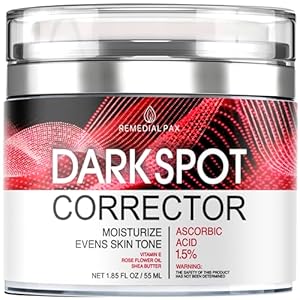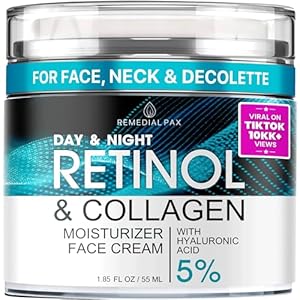
Circulating oxytocin levels decline with age, and researchers have shown that restoring oxytocin to youthful levels has beneficial effects in aged animal models. Oxytocin is produced in the hypothalamus, and thus a range of different delivery mechanisms could work to replace this source. Here, researchers use an intranasal route for the introduction of replacement oxytocin, and show that it produces the expected benefits in aged mice.
While it is well-documented that plasma oxytocin (OXT) levels decline with age, the underlying mechanisms remain elusive. This study aimed to elucidate the physiological mechanisms contributing to this age-related decrease in plasma OXT and the possible use of OXT supplementation on improving age-related decline of neural function. Comparing young (9 weeks) and aged (older than 45 weeks) mice, aged mice showed reduced plasma OXT levels, an increase in the inflammation marker hs-CRP, and decreased OXT-positive neurons in the hypothalamus.
Aged mice showed signs of epigenetic changes in the hypothalamus as indicated by decreased ten-eleven translocation (TET) family mRNA expression, decreased 5-hydroxymethylcytosine (5hmC) positive neurons, and downregulated mitochondrial respiratory complex IV (COX IV) expression. Nasal application of OXT (10 μg/day) for 10 days to aged mice resulted in normalized plasma OXT and inflammation levels and a recovery of OXT-positive neurons, TET2 mRNA levels, 5hmC positive neurons, and COX IV expression.
TET2, COX IV, and 5hmC in the hypothalamus and hippocampus were also found to be decreased in oxytocin receptor (OXTR) knockout mice, compared with age-matched wild type mice, directly confirming a role for OXTR signaling. Furthermore, we show that methylation as a result of aging decreases OXT production in hypothalamic neurons, thereby reducing circulating plasma OXT levels, which can be reversed by nasal OXT treatment. The data presented here suggest that aging, DNA methylation, mitochondrial dysfunction, inflammation, and senescence are interconnected in a vicious cycle, which can be successfully interrupted by OXT treatment.
Trending Products











